Description
Overview
The red oranda goldfish has more rounded or egg-shaped body with split caudal fin. Red Oranda is a single red or orange color fish with brilliant high gloss scales which make it more attractive. It is an omnivorous and it generally accepts all kinds of fresh or frozen foods such as brine shrimp, blood worms, krill, Daphnia, or Tubifex. It also takes peas, spinach, lettuce and zucchini bits, plankton, bits of beef heart, glass worms etc. The mature female can produce up to 10,000 eggs. It grows up to 17.78 cm in length and can live up to 15 years or more with proper care.
Feeding
Red ornanda goldfish is an omnivorous and it generally accepts all kinds of fresh or frozen foods such as brine shrimp, blood worms, krill, Daphnia, or Tubifex. It also takes peas, spinach, lettuce and zucchini bits. Frozen vegetable diets, plankton, bits of beef heart, glass worms are also acceptable. To keep a good balance gives them a high quality flake food every day. Feed should be offered 2- 3 times daily.
Housing
Red oranda goldfish is one of the most popular and highly decorative freshwater ornamental fish. It requires at least 10 gallons tank with lots of swimming space. The tank should have gravel or driftwood substrate which provide natural and comfortable environment. The gravels or driftwood should be smooth with no protruding points or edges. Aquarium plants should be used to décor your aquarium. In this case live or artificial plants make a good substitute. The ammonia should always be 0 mg/l and the nitrate should be below 20mg/l. To keep your fish healthy tank water should be replaced on a regular basis. In this case at least 25 – 50% of the tank water should be replaced every other week, especially if the tank is densely stocked. Good filtration especially biological filtration is required for maintaining the water quality of the aquarium. Because this filtration system removes detritus, excess foods and wastes which help to keep the tank clean and maintain the general health of the fish in aquarium. Snails can also be added as they reduce the algae in the tank, helping to keep it clean. Red oranda goldfish is peaceful community fish and it can be kept with other goldfish varieties including ranchu, lionhead, moors, pearlscales and many more. Other ideal tank mates include mollys, guppies and smaller types of danios, Plecos, and some scavenger Catfish. It should not be kept them with faster swimming breeds like the comet, shubunkin or common goldfish due to competition for foods.
Breeding
Red oranda goldfish is an egg layer and it can spawn readily in captive condition with proper care. In wild condition it spawns during spring season. It is very social and peaceful fish which likely to breed in groups as small as five or more individuals. Breeding tank should have water chemistry with pH of 6.0-8.0, hardness of 4-19 dGH and temperature of 65.0 to 72.0° F (18.3 to 22.2° C). Before spawning the parent should be conditioned with high protein food such as live brine shrimp and worms. Partial water changes of up to about 20% per day should be done to maintain the good water quality in aquarium. The sexually mature female can produce up to 10,00 0 eggs which adhere by sticky threads to the plants or spawn mop and spawning can last two or three hours. After spawning the parents should be removed from breeding tank to prevent them from eating the eggs. The fertilized eggs hatch in 4 to 7 days. The free swimming fry should be fed with newly hatched goldfish specialty fry foods until they become big enough to eat flake or brine shrimp.
Sexing
It is difficult to make differences between the male and female. Generally males are smaller and more slender than females. During the spawning season the male has breeding tubercles in gill covers and head which are seen as white prickles while sexually mature female has a fatter appearance when she bears eggs in her belly.
Availability
Red oranda goldfish is a hardy fish and is easy to care for. It is very popular among the aquarium enthusiasts due to their brilliant body color and egg shaped body. It is readily available in fish stores and online vendor with reasonable prices.
Written specially and exclusively for koi on demand by Dr. A.K.M. Nazrul Kabir
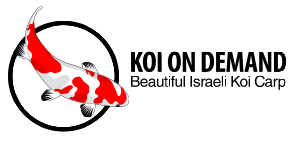
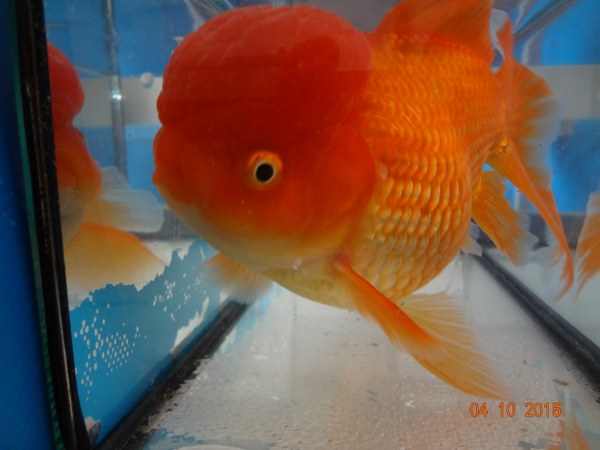
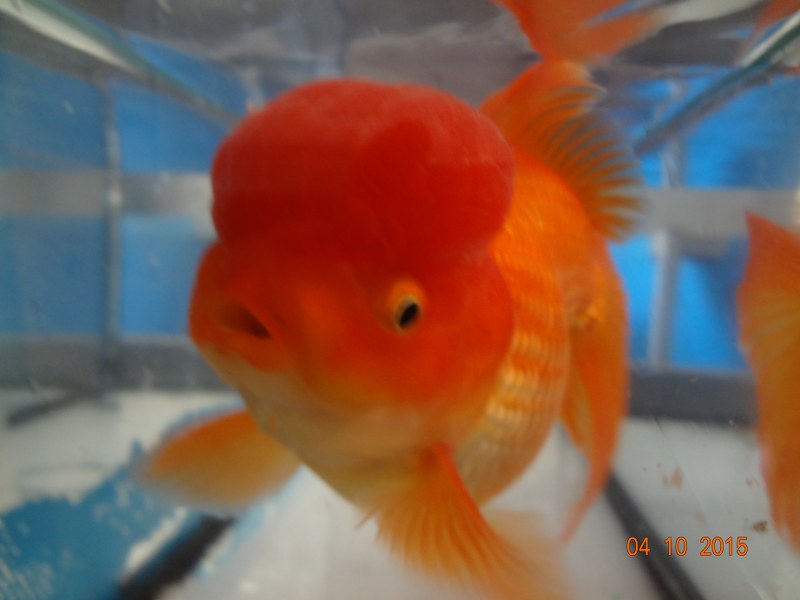
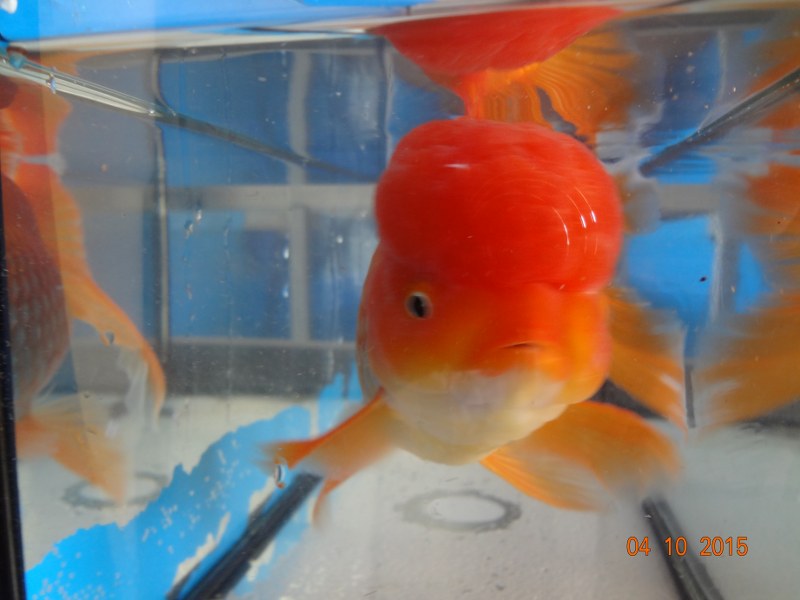
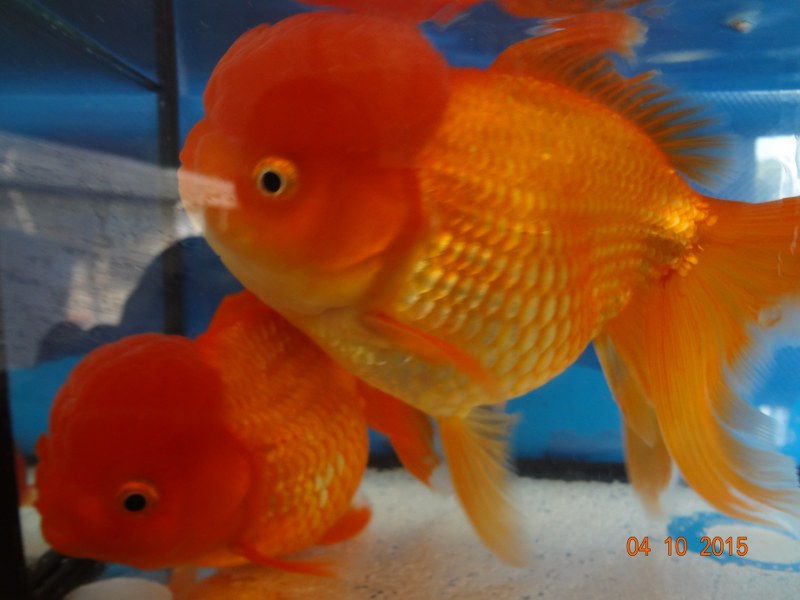
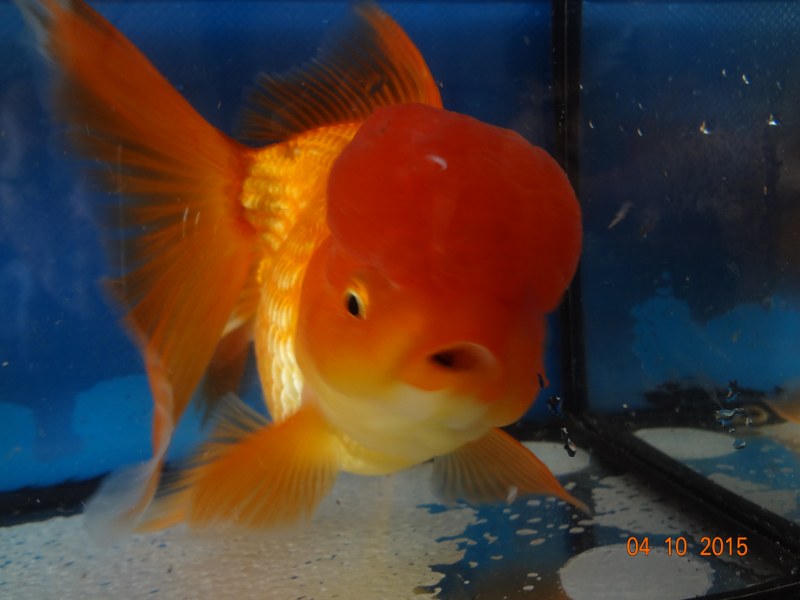
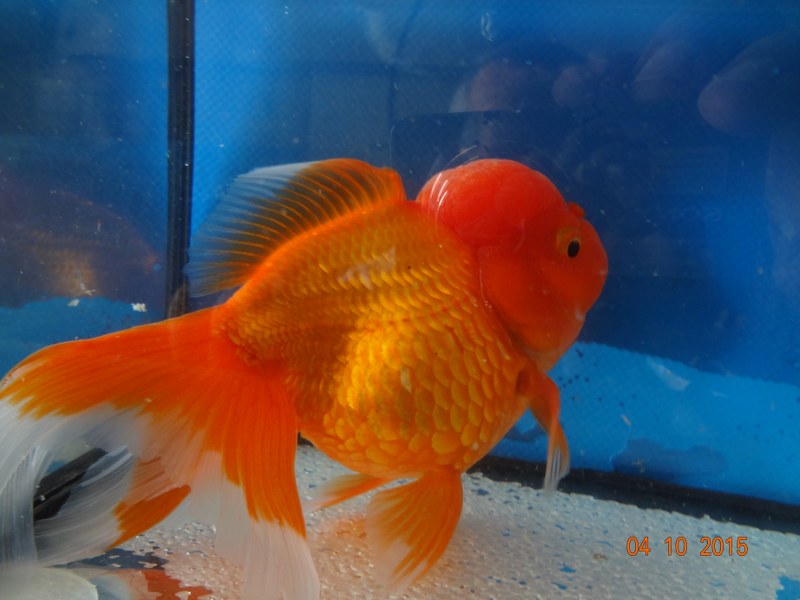
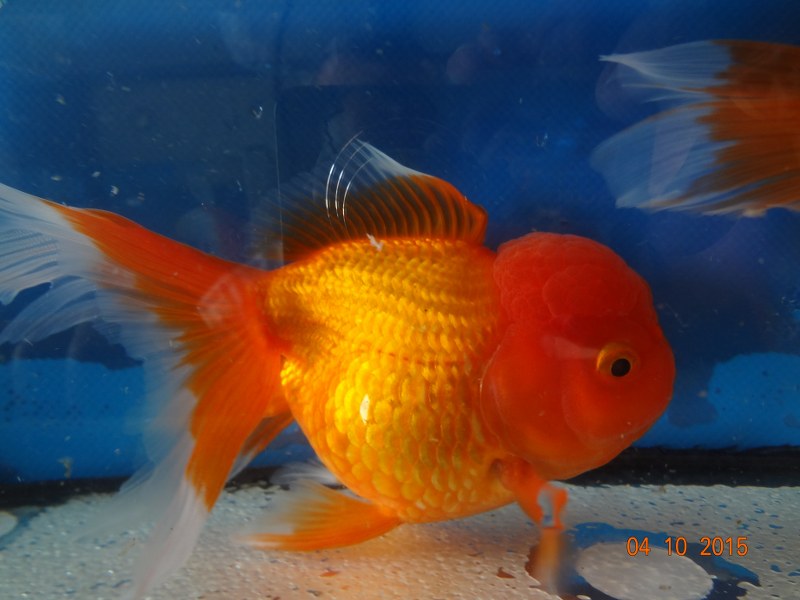
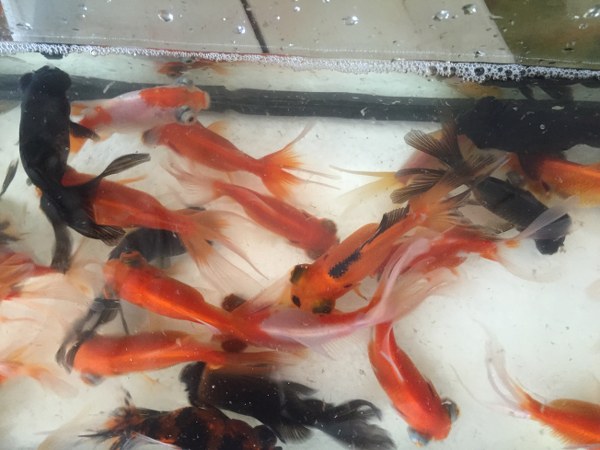
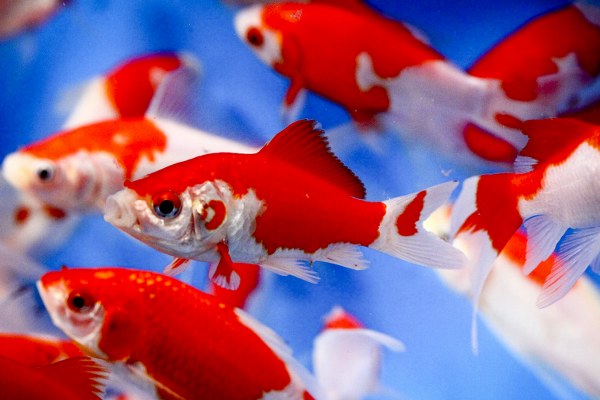
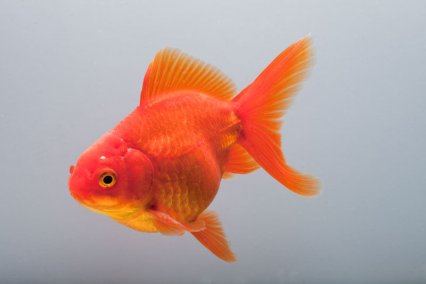
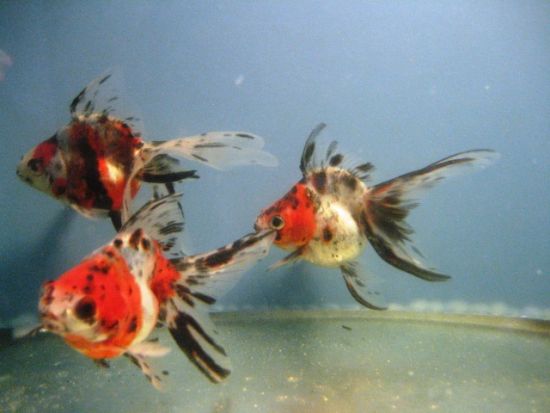
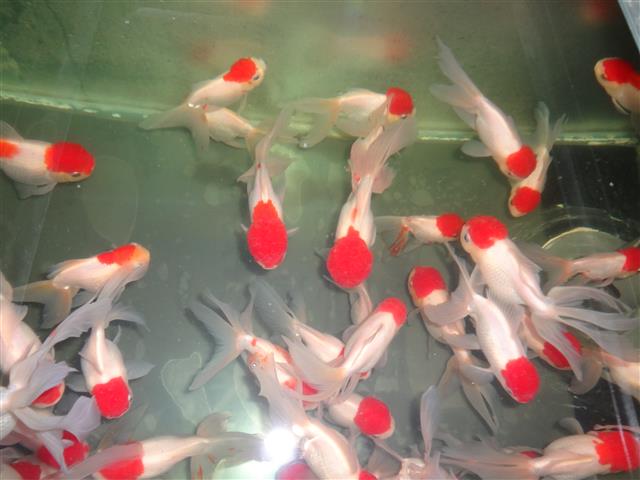
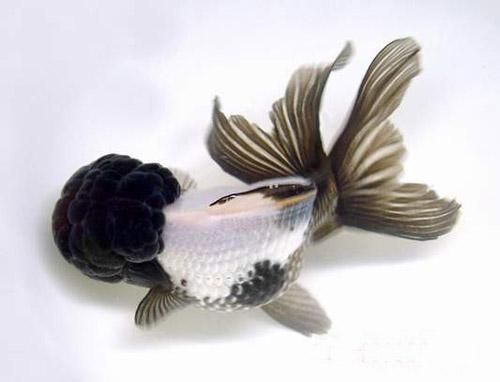

Reviews
There are no reviews yet.